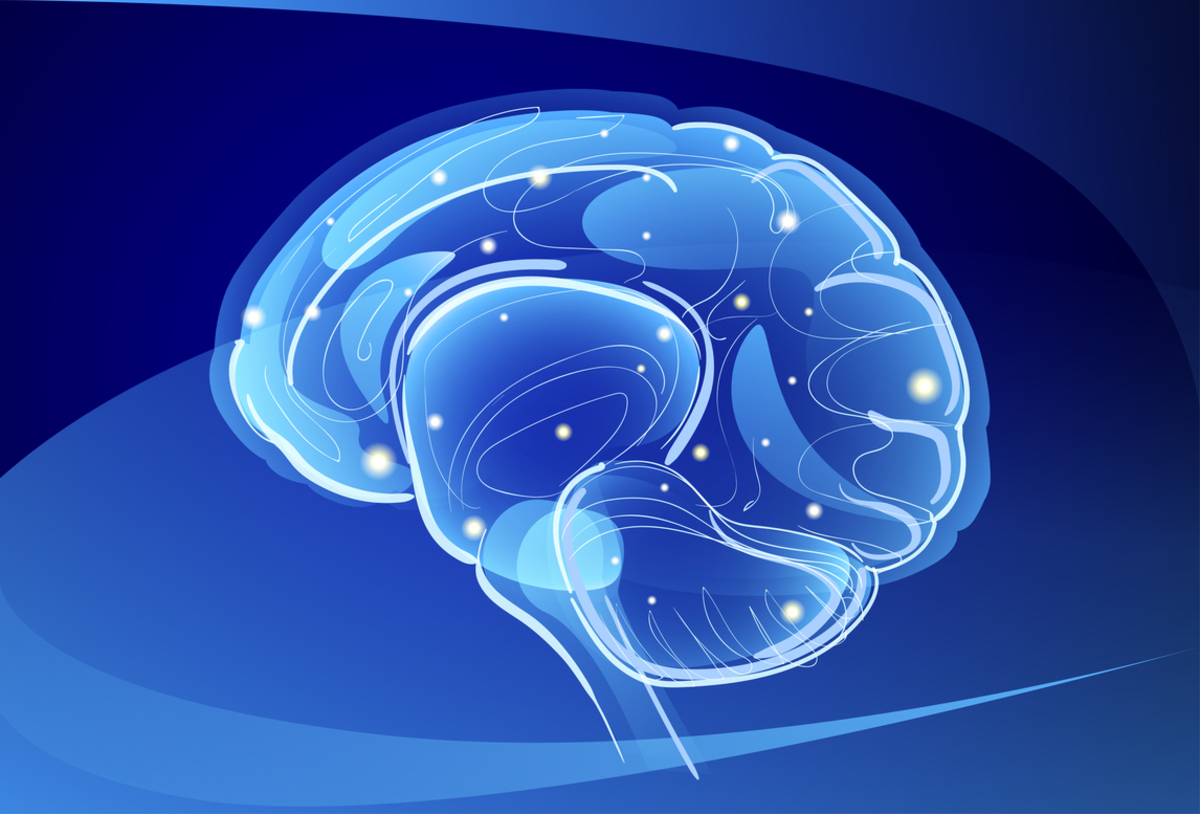When it comes to Alzheimer's Disease, you will read a lot of information about possible causes and treatment options, hopefully from this site.
Treatments are limited at this stage, but one that may be of help to a person suffering from late-stage Alzheimer's is known as deep brain stimulation. Here, we will explore what exactly deep brain stimulation is and why it could be helpful for a patient with a more severe form of Alzheimer's.

What is deep brain stimulation?
Deep brain stimulation is a procedure that is reserved for severe cases of numerous brain conditions. Although it is typically used for patients suffering from long-standing Parkinson's disease, it is also considered a possible treatment option in patients suffering from Alzheimer's disease, because of the extensive overlap between these two conditions.
To glaze over things quickly, the main difference between Alzheimer's and Parkinson's is just the area of the brain that is beginning to degenerate; Parkinson's is more localized whereas Alzheimer's causes more diffuse brain destruction.
This procedure is similar to what is done during cardiac pacemaker implantation. Patients will need to undergo major surgery and have a neuro-stimulator implanted into their brain along with electrodes that travel to specifically targeted areas into the brain. The idea of this therapy is to help the brain send messages and stimulate structures are longer stimulated by the body alone. A small hole will be drilled into the side of the patient's skull and these devices will typically be inserted in the thalamus. This is the structure of the brain that is important for muscle coordination and movement.
Some of the most pressing issues arise from the anatomical constraints of the brain. Because there are so many important structures in a small area of the brain, it is likely that you could have unintended side effects even if doctors use very precise instruments to target only the desired area.
Some of these symptoms can include tingling, numbness, and memory loss but they will usually subside after a few days once swelling in the brain reduces. If some of the cranial nerves are impacted as well, because many of the nerves traverse the areas that are targeted during deep brain stimulation surgery, you may also speech or vision problems or difficulty maintaining your balance. These, too, will only be temporary setbacks that will resolve on their own.
As this procedure becomes more and more common, however, it is expected that these risks will become less likely as doctors become more familiar with the techniques and medical tools to improve to make this surgery even more precise and safe.
Can deep brain stimulation be helpful for Alzheimer's disease?
Now that you know a little about what deep brain stimulation is for, the most pressing question still left to answer is if there is a place for this therapy in Alzheimer’s disease. Early animal studies show that there are some benefits to using deep brain stimulation, and it has only been recently introduced in human trials to determine its effectiveness.
Animal models showed that there is a benefit to this type of therapy, as it can help decelerate the worsening of dementia in animals. This is determined by measuring the weight of the animal's brain. Although animals are not always the perfect comparison as to what to expect in humans, these studies are often good predictors to show proof of concept.
A large study is currently being done to determine the effectiveness of this therapy on over 200 patients over the age of 65 suffering from Alzheimer’s disease. The first electrodes have only been implanted in September of 2019 so it will take some more time to be able to determine the true effectiveness of this procedure.
In the coming years, it will be more evident whether deep brain stimulation can be used in every case of Alzheimer’s disease or not. Based on the effectiveness of this therapy to delay other forms of dementia and to improve brain dysfunction in patients suffering from Parkinson’s disease, it stands to reason that the potential for improvement in Alzheimer’s Disease should also be noted. Both dementia and Parkinson-like symptoms often accompany a patient diagnosed with Alzheimer’s disease because of the way the brain is affected by this condition.
Another thing that is known regarding deep brain stimulation is that it is an effective treatment option for patients suffering from drug-resistant depression. A large portion of patients with diagnosed Alzheimer's will also have accompanying depression as the brain deteriorates and chemicals in the ventricles begin to dwindle. Although medications are often considered to be the first-line treatment for depression, when drugs do not work deep brain stimulation is usually the last line of therapy that doctors can offer. Numerous investigations have shown this to be a promising tool that can improve symptoms in cases where drugs have failed.


Your thoughts on this